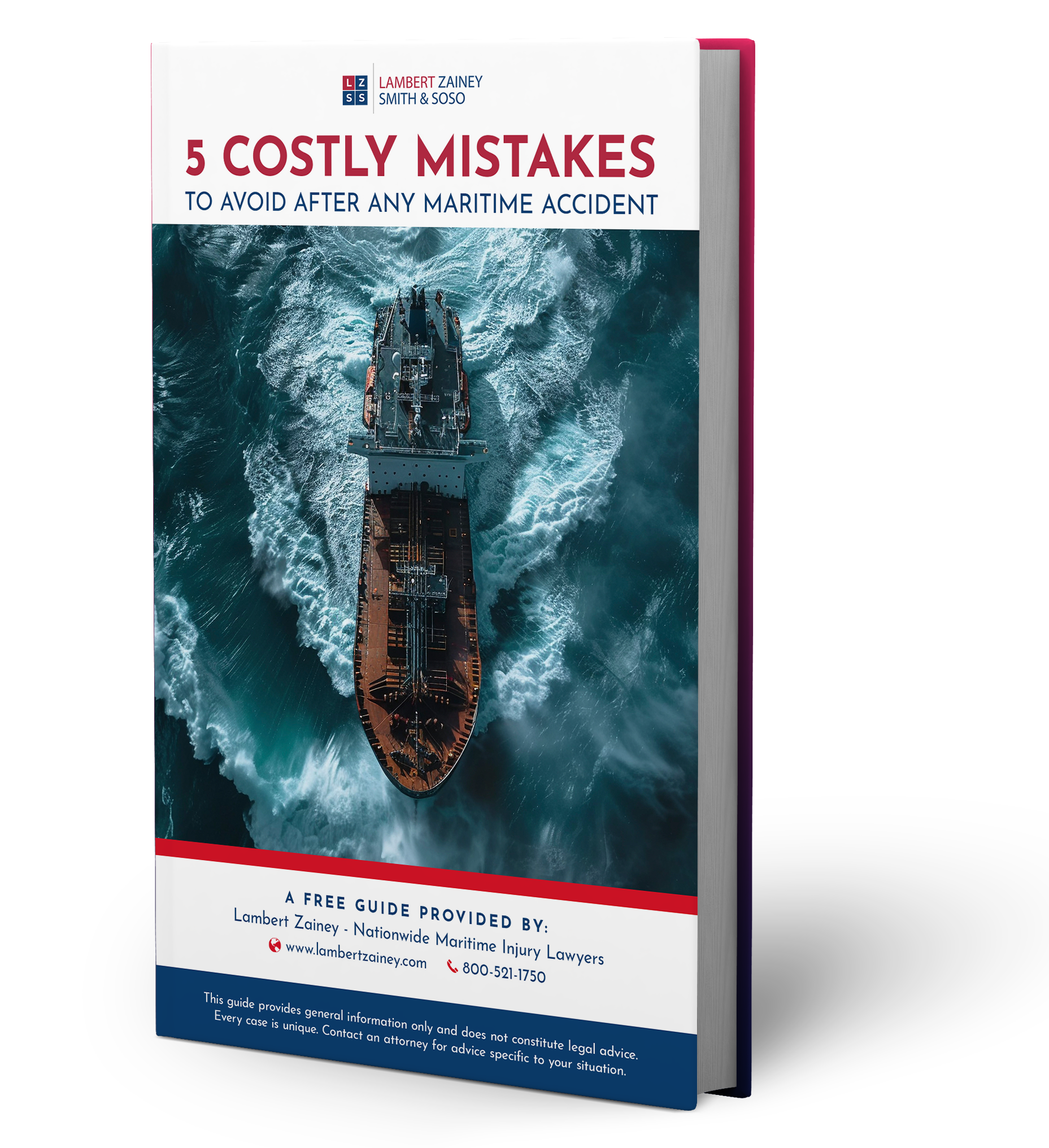Workers in the oil and gas industry face many daily dangers as they go about their jobs. Fires and explosions are among the most serious types of accidents that can occur. Because of the flammable nature of the materials oil and gas industry employees work with, these accidents occur all too often. When appropriate safety measures are not observed , the risk of such accidents is much higher.

Ignition Sources for Oil and Gas Well Explosions
In order to ignite a fire, three things are needed: heat, fuel and oxygen. These three things are in abundant supply at any oil and gas operation, from offshore drilling rigs to refineries and storage terminals.
There are many possible ignition sources for fires and explosions around oil and gas sites. Some of the most common include:
Protecting employees from these well ignition sources should be of the highest priority to oil and gas companies.
Conducting Fire Risk Assessments for Ignition Sources
Having safety rules and regulations is critical to preventing these types of accidents in an offshore oil and gas operation. Training your employees to recognize hazards and using engineering controls and monitoring equipment are always key to mitigating risk.
Fire risk assessments are one important tool to utilize to make sure safety regulations are being adhered to. In a fire assessment, you’ll want to do the following:
A Job Hazard Analysis (JHA) is also recommended by the Occupational Safety and Health Administration to be reviewed with workers at every daily shift change meeting. The JHA should review the specific tasks to be completed during that shift and identify what risks may be faced by workers.
Oil and Gas Worker Injuries from Fires, Explosions
Burns are the most common injuries from a fire or explosion at an oil and gas work site. These injuries can range from mild first-degree burns to life-threatening third- and fourth-degree burns. Severe burns can lead to scarring, infection, impaired mobility and even amputation.
Other injuries that may occur in explosion and fire accidents include:
In the worst cases, many fire and explosion accidents result in worker fatalities.
Get Our FREE Guide to Protect Your Claim
What you do after an accident is critical. Insurance companies will try to get you to make mistakes that can hurt your claim. Our free guide can help you avoid these traps.
Download our complimentary guide: “5 Costly Mistakes to Avoid After Any Maritime Accident” to arm yourself with the knowledge you need to protect your rights.
Helping Workers and Their Families After Oil and Gas Site Explosions
Fires and explosions on oil and gas platforms often occur because of negligence, improper training, and defective equipment. If you were injured or a loved one killed while working offshore, Lambert Zainey is here to help to obtain the compensation needed for medical expenses, lost wage replacement, and pain and suffering. For decades, we have helped many workers and families to recover maximum compensation after these terrible accidents, including the 1989 ARCO explosion in the Gulf of Mexico. Seven people were killed and 23 injured in the explosion, which was caused by an improper cold cut of a Southern Natural Gas pipeline. Hugh Lambert acted as co-lead counsel in the case.
When a fire or explosion accident happens, it’s important to act quickly to protect your legal rights. Call the Louisiana offshore accident attorneys at Lambert Zainey today at 800-521-1750.
Workers in the oil and gas industry face many daily dangers as they go about their jobs. Fires and explosions are among the most serious types of accidents that can occur. Because of the flammable nature of the materials oil and gas industry employees work with, these accidents occur all too often. When appropriate safety measures are not observed , the risk of such accidents is much higher.

Ignition Sources for Oil and Gas Well Explosions
In order to ignite a fire, three things are needed: heat, fuel and oxygen. These three things are in abundant supply at any oil and gas operation, from offshore drilling rigs to refineries and storage terminals.
There are many possible ignition sources for fires and explosions around oil and gas sites. Some of the most common include:
Protecting employees from these well ignition sources should be of the highest priority to oil and gas companies.
Conducting Fire Risk Assessments for Ignition Sources
Having safety rules and regulations is critical to preventing these types of accidents in an offshore oil and gas operation. Training your employees to recognize hazards and using engineering controls and monitoring equipment are always key to mitigating risk.
Fire risk assessments are one important tool to utilize to make sure safety regulations are being adhered to. In a fire assessment, you’ll want to do the following:
A Job Hazard Analysis (JHA) is also recommended by the Occupational Safety and Health Administration to be reviewed with workers at every daily shift change meeting. The JHA should review the specific tasks to be completed during that shift and identify what risks may be faced by workers.
Oil and Gas Worker Injuries from Fires, Explosions
Burns are the most common injuries from a fire or explosion at an oil and gas work site. These injuries can range from mild first-degree burns to life-threatening third- and fourth-degree burns. Severe burns can lead to scarring, infection, impaired mobility and even amputation.
Other injuries that may occur in explosion and fire accidents include:
In the worst cases, many fire and explosion accidents result in worker fatalities.
Get Our FREE Guide to Protect Your Claim
What you do after an accident is critical. Insurance companies will try to get you to make mistakes that can hurt your claim. Our free guide can help you avoid these traps.
Download our complimentary guide: “5 Costly Mistakes to Avoid After Any Maritime Accident” to arm yourself with the knowledge you need to protect your rights.
Helping Workers and Their Families After Oil and Gas Site Explosions
Fires and explosions on oil and gas platforms often occur because of negligence, improper training, and defective equipment. If you were injured or a loved one killed while working offshore, Lambert Zainey is here to help to obtain the compensation needed for medical expenses, lost wage replacement, and pain and suffering. For decades, we have helped many workers and families to recover maximum compensation after these terrible accidents, including the 1989 ARCO explosion in the Gulf of Mexico. Seven people were killed and 23 injured in the explosion, which was caused by an improper cold cut of a Southern Natural Gas pipeline. Hugh Lambert acted as co-lead counsel in the case.
When a fire or explosion accident happens, it’s important to act quickly to protect your legal rights. Call the Louisiana offshore accident attorneys at Lambert Zainey today at 800-521-1750.








